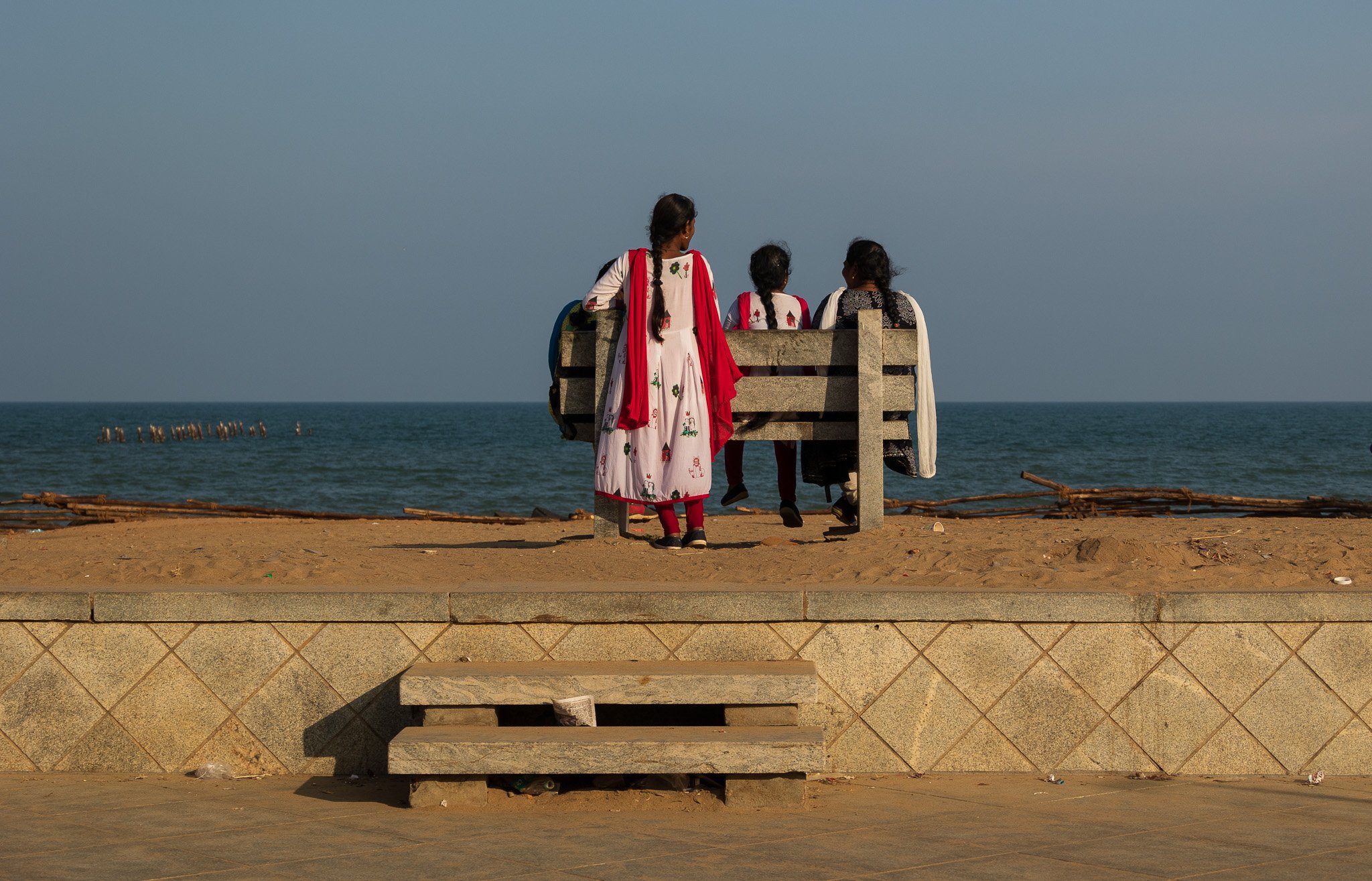Being unable to travel to China, Karl finally found a passage from Australia to India. Karl wrote a series of letters from the ship to his mother, Mrs Eben R. Creelman. Excerpts of those letters were published in the local Truro News.
On September 11, 1900, Karl wrote:
“Dear Mother - I left Newcastle, Australia on the 9th and ever since I have been so busy, that I have had scarcely time to wash my hands. Four of us have charge of 230 horses, and such a wild lot of horses I never saw. I am working my passage, and start work at 5 a.m. and knock off at 8:30 p.m. we shall touch at Gladstone and this letter will be mailed there.
We call at Columbo, Ceylon, and during our stay of two or three days I shall take my wheel and see what I can of the Island. Hope to arrive at Calcutta, about October 16th and a week or 10 days later will strike across to Bombay”.
Upon mailing his letter from Gladstone — a coastal city in Queensland, Karl’s ship continued travelling north along Australia’s eastern coast. Another letter was sent to his mother from Thursday Island, providing an update on his voyage:
September 20, 1900, Karl writes:
“We arrived here this morning, and are taking water while the pilot is getting ready to go ashore. I will write a few lines to let you know I am getting along all right. After we left Gladstone, we ran on a reef and were stuck there 24 hours. A hole was stove in the ship’s bottom, but the water is being kept out by the collision bulk heads being closed.
We had to throw 500 tons of freight overboard while on the reef. The day before yesterday the “bally” ship took fire, but it was soon put out. We are now between Australia and New Guinea, in Torres Straits. We hope to be in Columbo by the 6th of October. I will write you from there.
I am getting my lot of horses somewhat tamer now, and can manage them pretty well. Please send mail to Bombay, care Rev. Mr. Wood “Seaman’s Rest,” until further notice. The pilot is ready to go ashore so I must close. Yours in haste, Karl.
Karl was travelling on the SS Bezwada, a large cargo steamship built in 1893 by Alexander Stephen & Sons, Glasgow, Scotland. Originally named London City, the ship was purchased by the British India (BI) Steam Navigation Co. and renamed the Bezwada. BI became one of the world's biggest shipping operators with primary service to the British and Indian governments and various routes, including the one from Australia to Kolkata (then Calcutta).
The engineer officers at BI used to recite the following poem about that journey to India, called The Hooghly and the BI Engineers:
“Have you seen the surging Hooghly flowing swiftly to the sea?
Just an offspring of the Ganges, from its mother does it flee.
Through those muddy milling waters many BI ships have sped
Riding a six knot current with engines full ahead;
To Calcutta their objective, will the power stand the test?
Yes the BI engineers will do their very best”
The Bezwada was sold to a Japanese shipping company in 1913 and renamed SS Yasukuni Maru. On November 3, 1915, while on a voyage from Newport News to Salonica with a cargo of petroleum products and railway material, she was sunk by the German submarine U-38 off Alboran Island, Moroccan coast. There were no casualties.
But what about those 230 wild horses that Karl referenced? I hope dear reader it has piqued your curiosity, and I’ll tell you all about it next week!
Check out my recent travel feature about the Jems of Jordan
If you are new to the Karl Chronicles, get caught up on our expedition around the world! Start here with:100 highlights from 100 Chronicles


